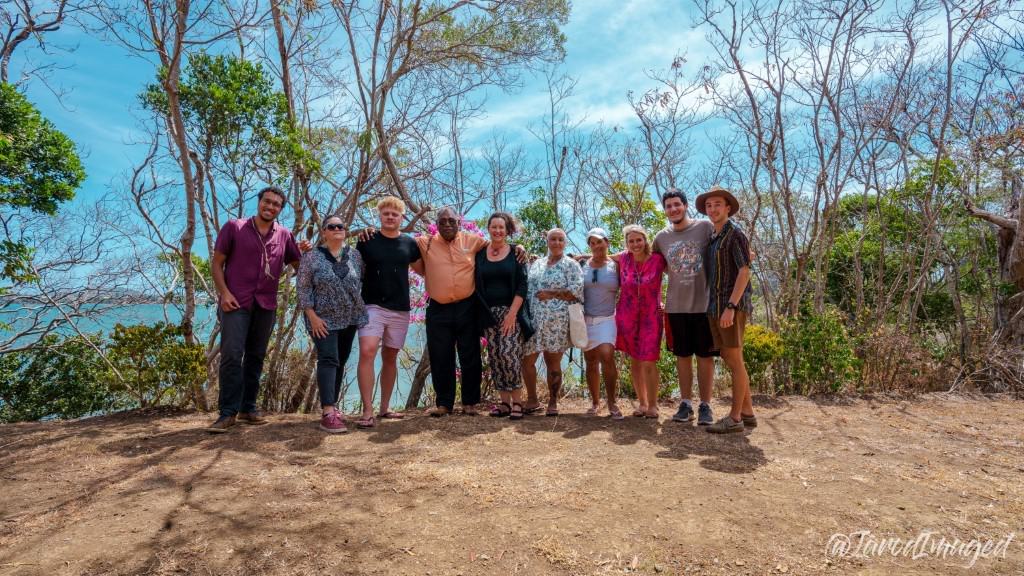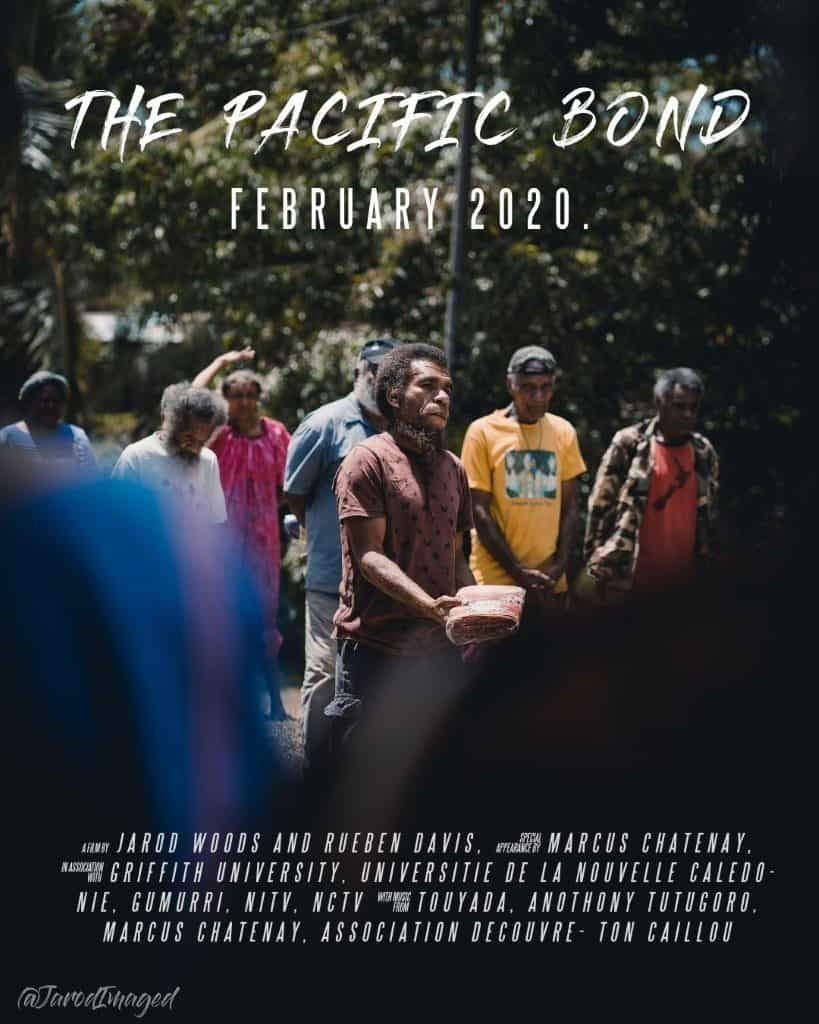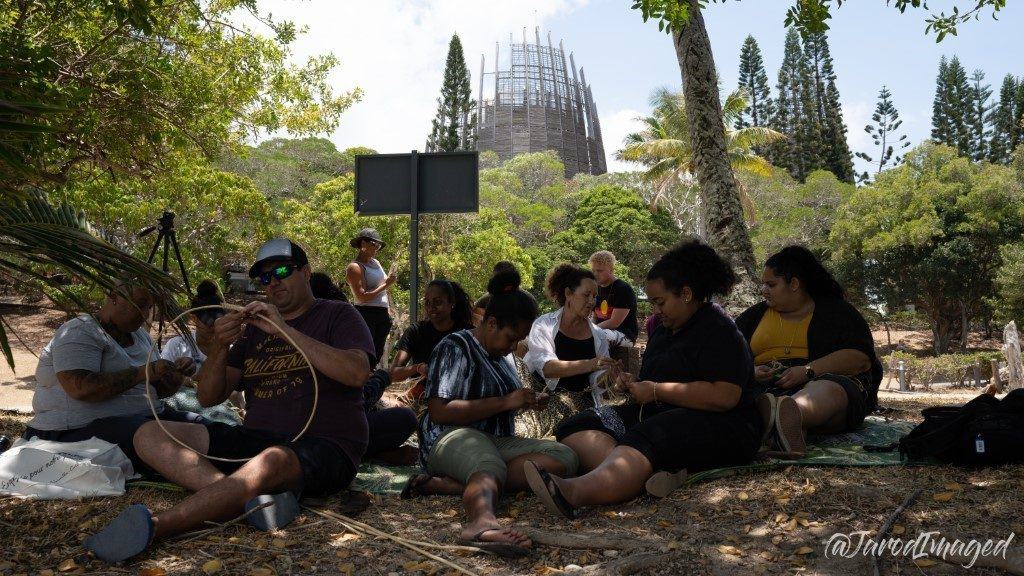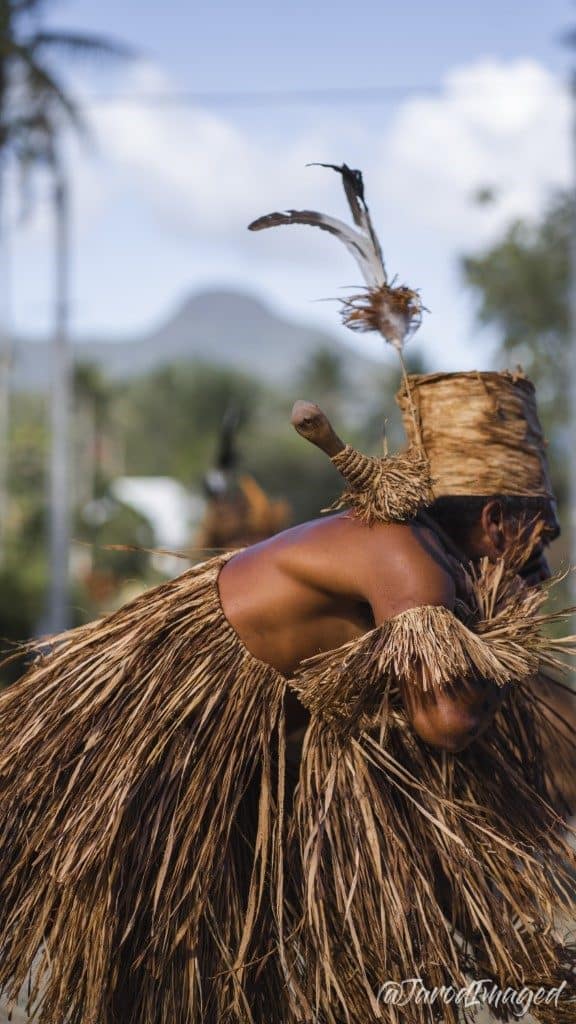
What I learnt on a study tour to New Caledonia
Over the past two weeks, I got the opportunity to participate in a cultural study tour in Nouvelle Calédonie (New Caledonia) with seven other Aboriginal, Torres Strait Islander and South Sea Islander students from the Contemporary Australian Indigenous Art course and Griffith Film School.
The study tour was based on immersing us in the rich Kanak culture, while also collaborating on different art pieces and having an exhibition at the end of the tour. Jarod Woods and I also filmed the entire journey and plan on releasing a documentary about it in February 2020.

The tour was the first of its kind and provided a rare experience for us, as most study tours in the country are focused on the French culture. Personally, I found the study tour was phenomenal and opened my eyes to a bigger world and strengthened the pride I have for my culture, while also building strong connections with students and staff from the University of New Caledonia (UNC).

Over the course of our stay in New Caledonia, we were predominantly based at the majestic Tjibaou Cultural Centre, which is where a lot of the art was created. The first day that we met the students from UNC, we were all weaving and creating different pieces. One thing that stuck with me was the Tjibaou architectural structures (you can see one standing tall in the background of the photo above), which are intentionally left incomplete to symbolise that the Kanak culture is forever changing and evolving. It stuck with me as I drew parallels to our culture back home – the resilience of the Aboriginal culture and how it has stood the test of time.

During the journey, we were lucky enough to not only explore Nouméa (the capital) but also experience the Northern Province, in particular the Commune of Hienghène. We were treated to big feasts and cultural performances (like the one above) every day. The way of living in the two different places in the same country were vastly different. Nouméa had a strong French influence whereas Hienghene was less Westernised; however, the people seemed happy and the sense of community was strong at both places.
Overall, the cultural study tour was a once in a lifetime experience, and I’m extremely grateful to have participated in it. I hope other Aboriginal and Torres Strait Islander students get to experience the journey. It’s like no other.
I would like to give a big thanks to all that worked hard in making this study tour possible, in particular Bianca Beetson, Carol Macgregor, Ruth Bereson, Eléonore Lainé Forrest, Guillaume Soulard, Anthony, Eddie and all the CAIA and UNC students who made the trip super enjoyable.
For this post I’ve had to keep everything super brief, so to see the beauty of Nouvelle Calédonie and the Kanak culture, go to Jarod’s YouTube where the trailer for our documentary is up now.
By Rueben Davis






